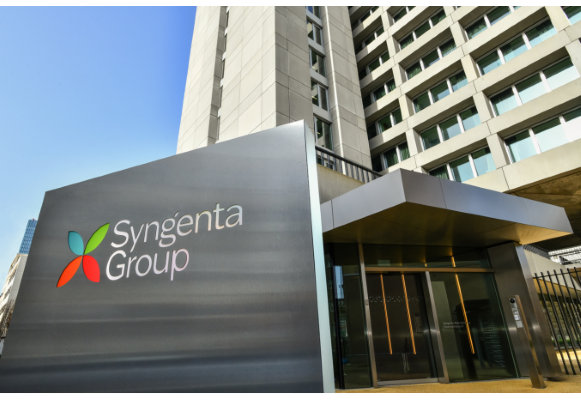
On December 24, 2024, Syngenta Group (HK) Holdings Company Limited announced the successful conclusion of a US$ 4.5 billion syndicated sustainability-linked term loan facility, marking it as the largest sustainability-linked loan in the Asia Pacific market for 2024. The loan, which is structured over three and five years, was led by Agricultural Bank of China Limited's Hong Kong Branch and included participation from over 40 banks. Notably, the facility was oversubscribed 2.6 times from its initial amount of US$ 3 billion, indicating strong investor confidence in Syngenta's sustainability initiatives [0bf7c8d4].
The funds from this loan will primarily be utilized for refinancing existing debts and general working capital needs. This financing aligns with Syngenta's sustainability priorities, which were launched in April 2024, emphasizing the company's commitment to sustainable agricultural practices and environmental responsibility [0bf7c8d4].
Syngenta's credit ratings reflect its financial stability, with ratings of 'A' from Fitch, 'Baa1' from Moody's, and 'BBB+' from S&P, further bolstering investor trust in the company's sustainability-linked financing endeavors [0bf7c8d4].
This significant loan facility underscores the growing trend of sustainability-linked financing in the corporate sector, as companies increasingly seek to align their funding strategies with environmental and social governance (ESG) criteria. The successful syndication of this loan highlights the appetite for sustainable investment opportunities within the Asia Pacific region, paving the way for more corporations to explore similar financing options [0bf7c8d4].